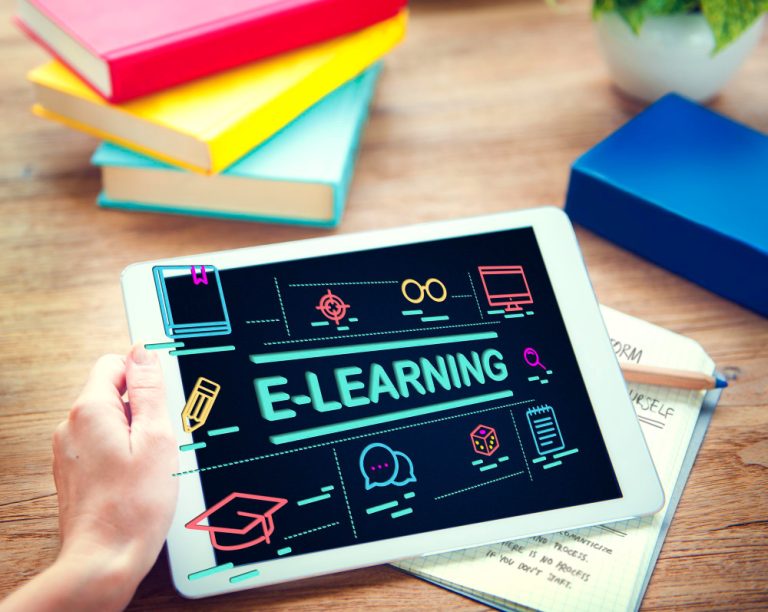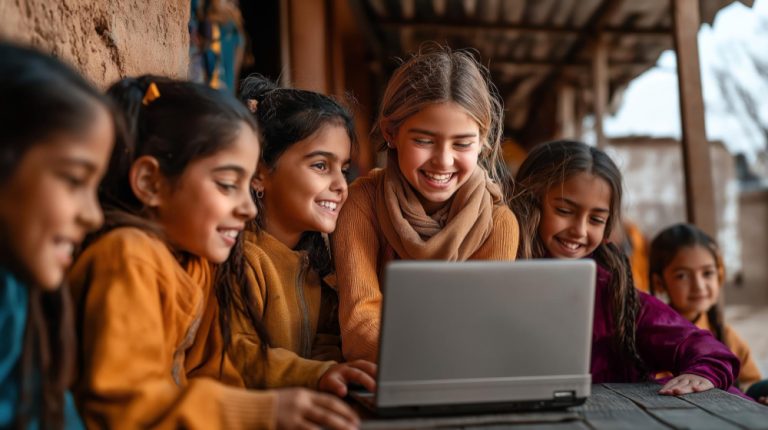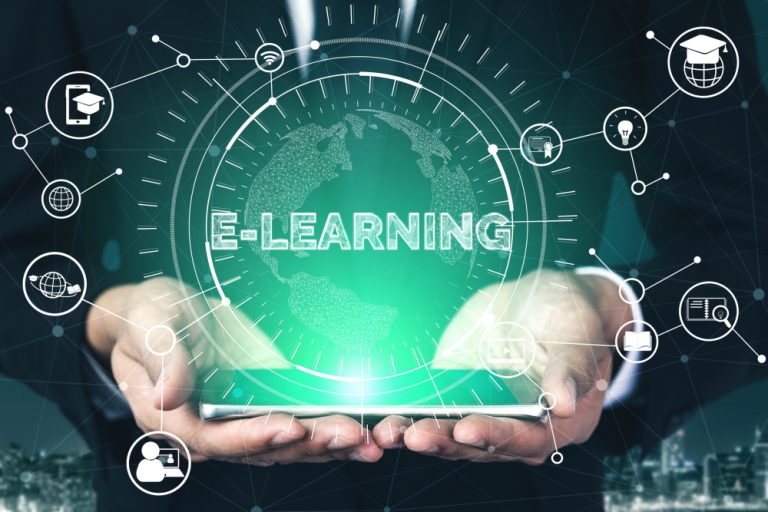
Revolutionizing Classrooms: Unlocking the Future of K-12 Education with E-Learning
In the rapidly evolving world of education, e-learning has emerged as a revolutionary force reshaping K-12 classrooms. Digital platforms offer diverse learning opportunities, fostering personalized education that caters to individual student needs and learning paces. This transformation is bridging geographical barriers, providing quality resources to students regardless of their location. Moreover, interactive and multimedia-rich content captures students’ attention, making learning more engaging and enjoyable. Teachers benefit, too, as they can implement dynamic teaching strategies easily and access a wealth of resources through various online platforms.
E-learning tools are fostering collaboration among students and teachers, breaking traditional classroom boundaries. Online forums, group projects, and real-time feedback mechanisms encourage communication, enhancing students’ understanding and teamwork skills. Additionally, integrating digital tools in classrooms equips students with essential 21st-century skills like digital literacy, critical thinking, and problem-solving. The use of analytics allows educators to track student progress more effectively, enabling swift interventions where necessary. This data-driven approach tailors educational experiences to suit diverse learner profiles, ensuring every student achieves optimal outcomes.
The future of K-12 education undoubtedly lies in integrating advanced technologies that make learning more accessible, inclusive, and effective. By investing in reliable infrastructure, schools are paving the way for a seamless e-learning transition, bridging the digital divide. Professional development for teachers remains critical, ensuring they stay adept at using new technologies and methodologies. As technology continuously evolves, K-12 education systems must adapt and embrace innovations, preparing students for a future that demands flexibility and lifelong learning. Ultimately, e-learning does not just complement traditional techniques but transforms the educational landscape, unlocking unprecedented opportunities for both educators and students.



